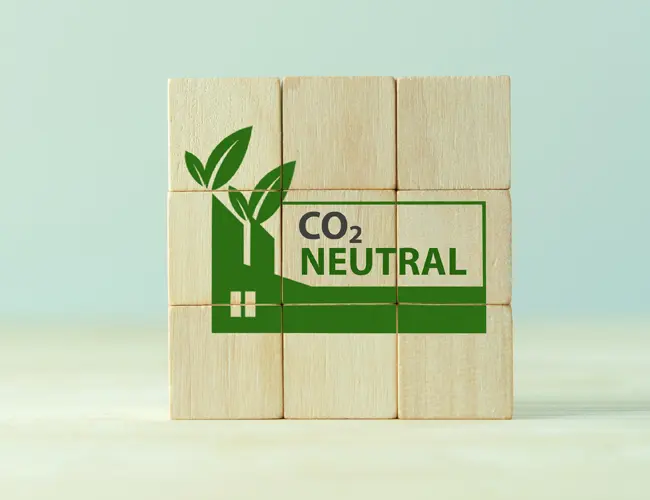
The GAC supports the aluminium industry in the GCC by adopting the highest safety
work practices, committing to protecting the environment and safeguarding the health
and well-being of its employees and communities.
Working in the Hot & Humid Climate of the Gulf.

The summer climate in the Gulf countries is hot and humid, creating a very challenging condition for workers in heavy industries including aluminium smelters or those working outdoors.
There are basic precautionary measures that need to be taken during the summer period to avoid heat stress.
Human bodies naturally maintain temperatures at around 370C. When the body temperature rises above this range, the body will react to get rid of the excess heat. However, if the body continues to gain heat faster than it can get rid of, the body temperature increases and the person experiences heat stress. Health problems that result from heat stress are known as heat disorders. Heat disorders occur when the body consequently loses too much fluid and salt as sweat, leading to mental disorientation that increases chances of the person being involved in an accident.
The GCC aluminium industry is committed to continuously improving environmental
performance throughout all lifecycle stages of aluminium products by:
1. Efficient use of resources such as raw materials and energy.
2. Reduction of emissions to air and water.
3. Improvement and development of process technology.
4. Reduction of waste and increased recycling.


Aluminium can be recycled repeatedly without any loss of its inherent properties.
The energy required to melt aluminium scrap is only 5% of the energy needed to
produce primary aluminium from raw materials.
The aluminium recycling rate varies based on the product sector, processing
technology, and society's commitment to collecting aluminium-containing products
at the end of their life cycle. Each application sector requires tailored recycling
solutions, and the industry actively supports initiatives to optimise recycling rates.
80% of GHG emissions come from the electricity generation required for aluminium
production. In addition to improving process efficiency, the industry is pursuing three
pathways to address climate change. These pathways include:
1. Increasing the use of renewable energy;
2. Adopting new technologies, such as carbon capture and storage (CCS) and hydrogen
when they become commercially available; and
3. Increasing the use of recycled aluminium.
